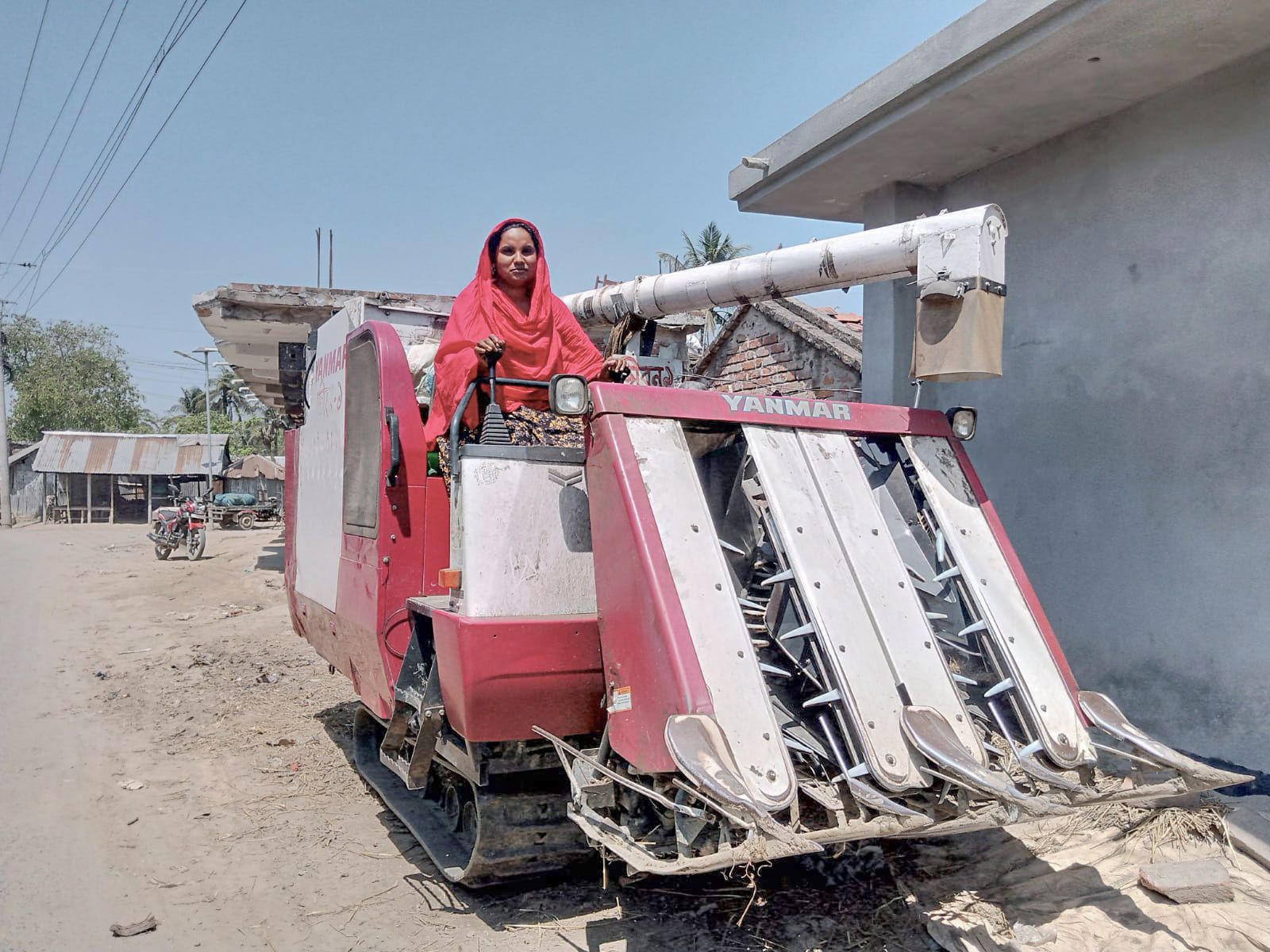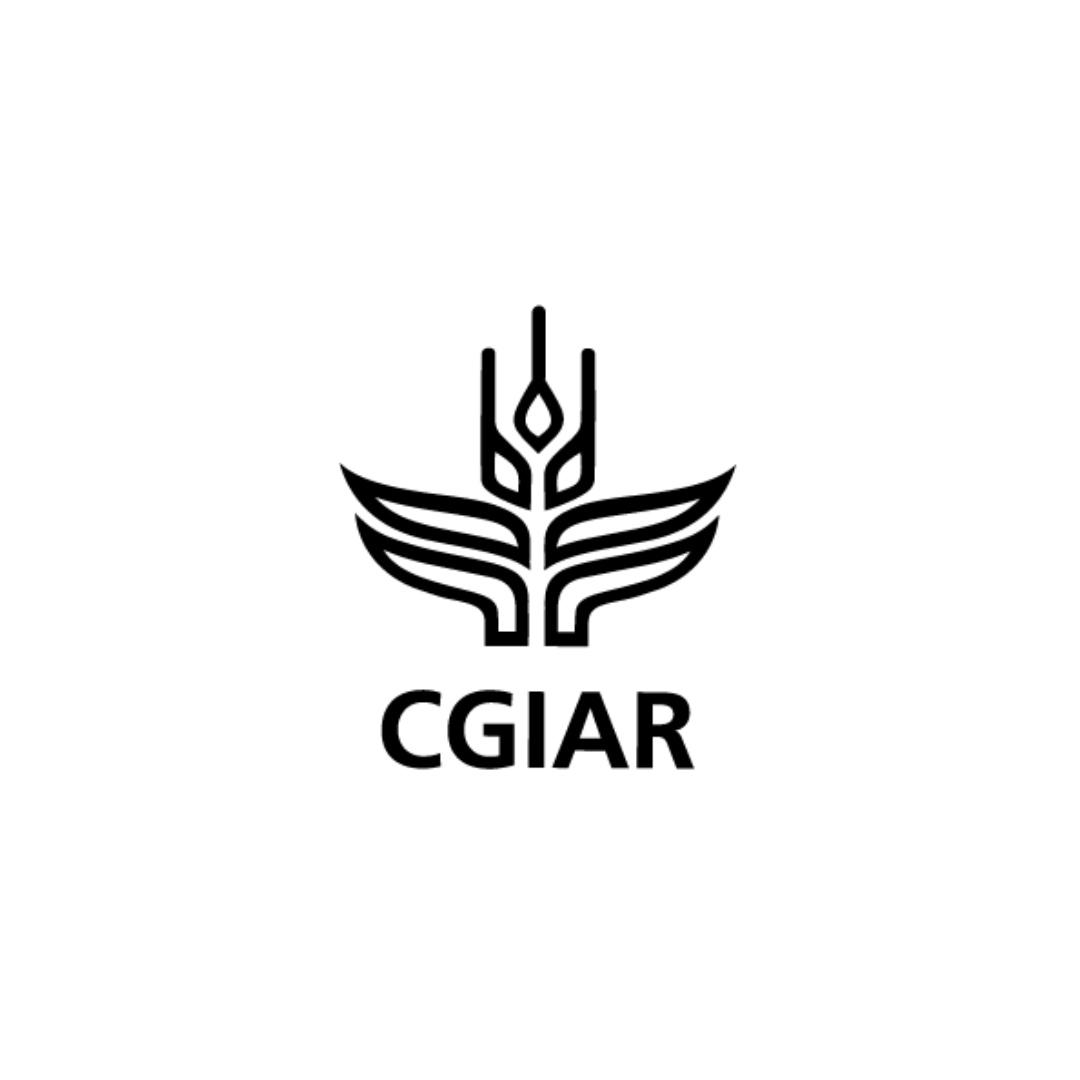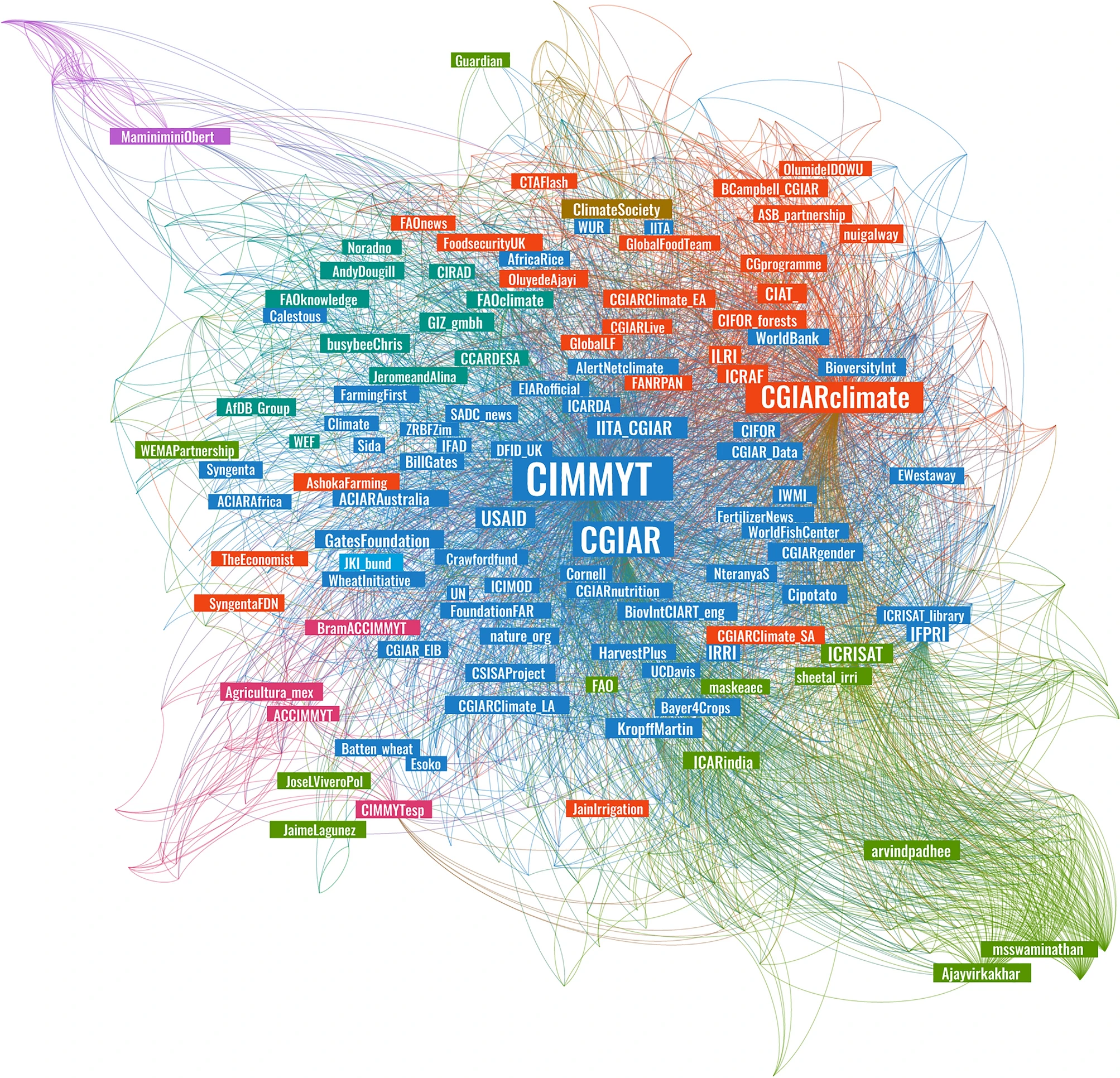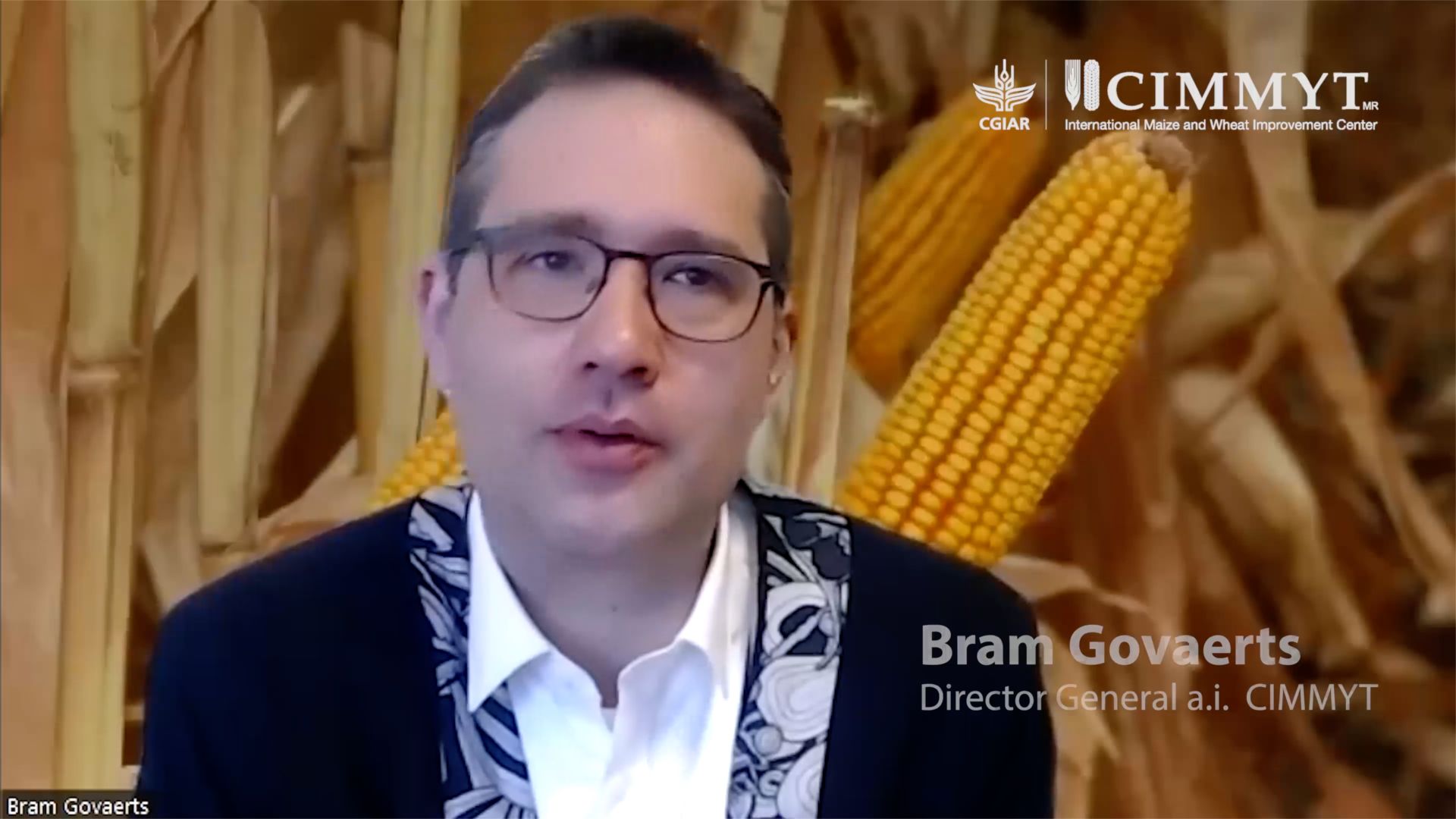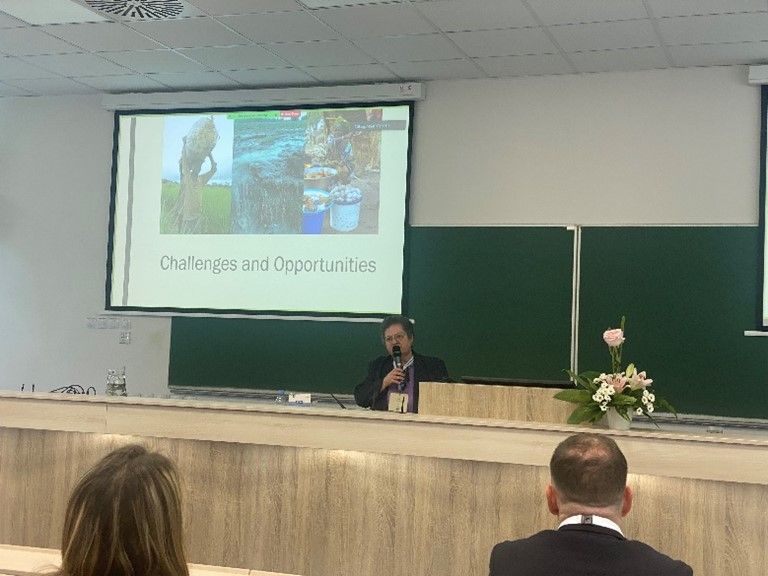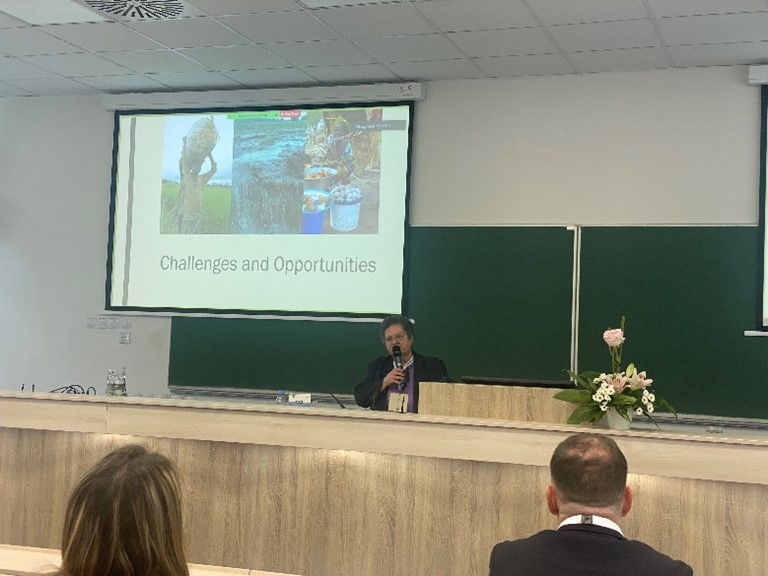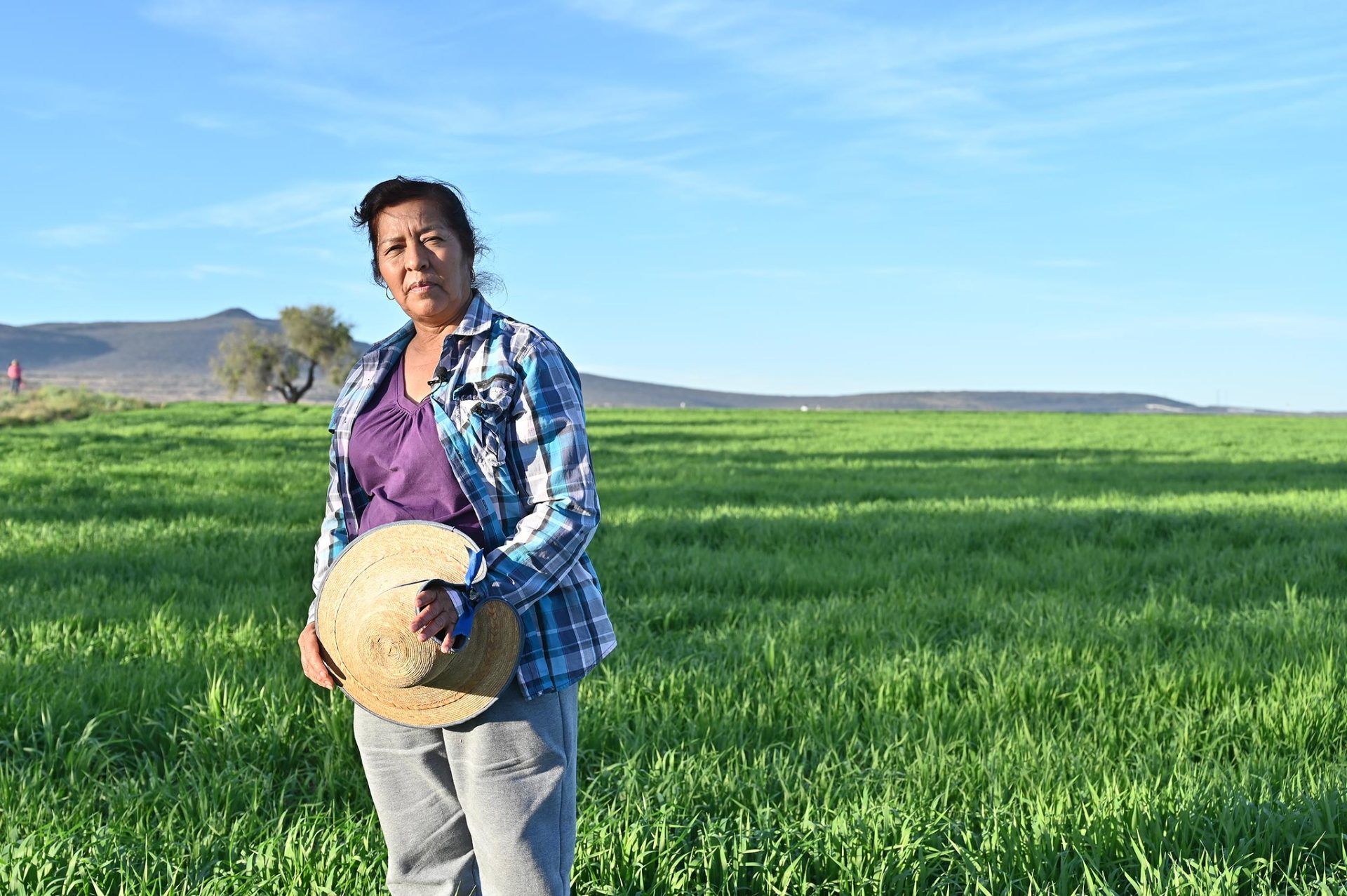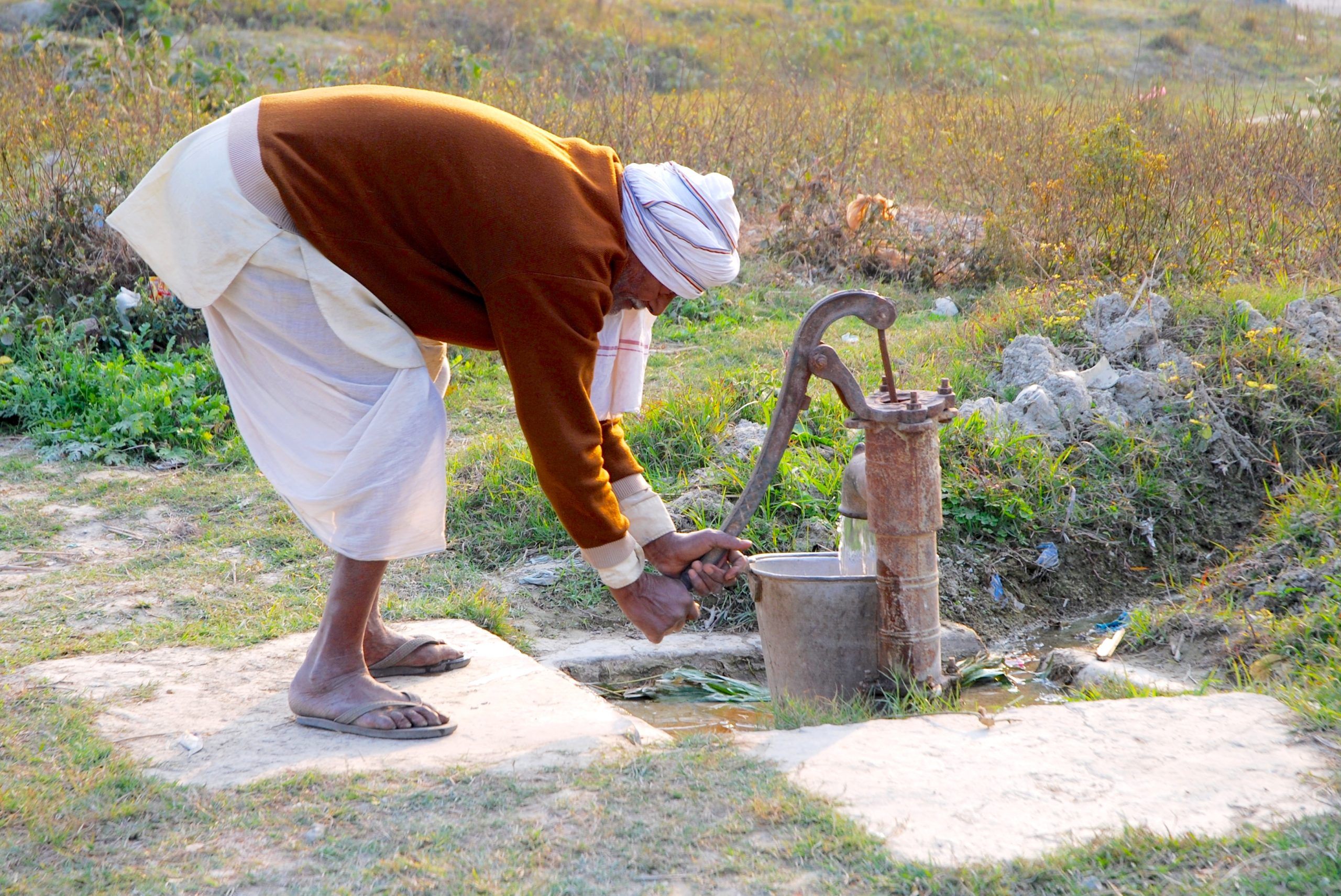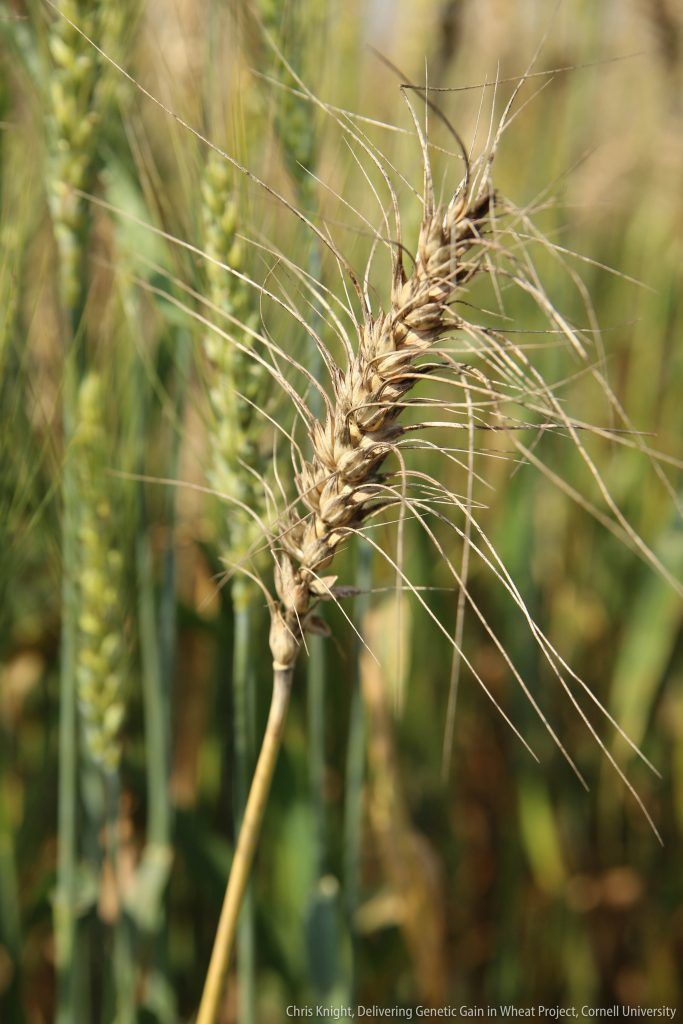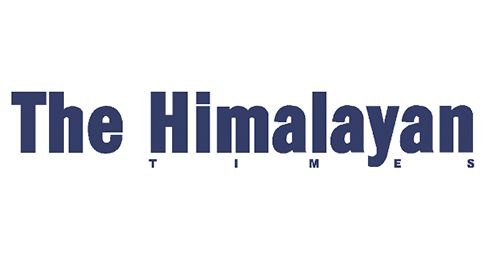Sonia Jannat: defying odds, reaping success as a combine harvester MSP
In the male-dominated realm of agricultural machinery services, Sonia Jannat, a 28-year-old from Jhenaidah, Bangladesh, has inscribed her name as a successful Machinery Solution Provider (MSP). Her determination—and the transformative power of new technologies—has launched her on an extraordinary journey of empowerment and financial independence.
Growing up in a farming household, Sonia was already familiar with cultivation. Rooted in agriculture, she harbored a longstanding ambition to make a meaningful impact in this field. To realize her vision, she consistently stayed abreast of the latest technologies and machinery designed to boost production while minimizing labor and time. However, life took an unexpected turn when her father fell ill with heart disease, forcing Sonia to shoulder the responsibility of financially supporting her family while pursuing her honors degree. This phase of hardship proved to be a turning point in her life.
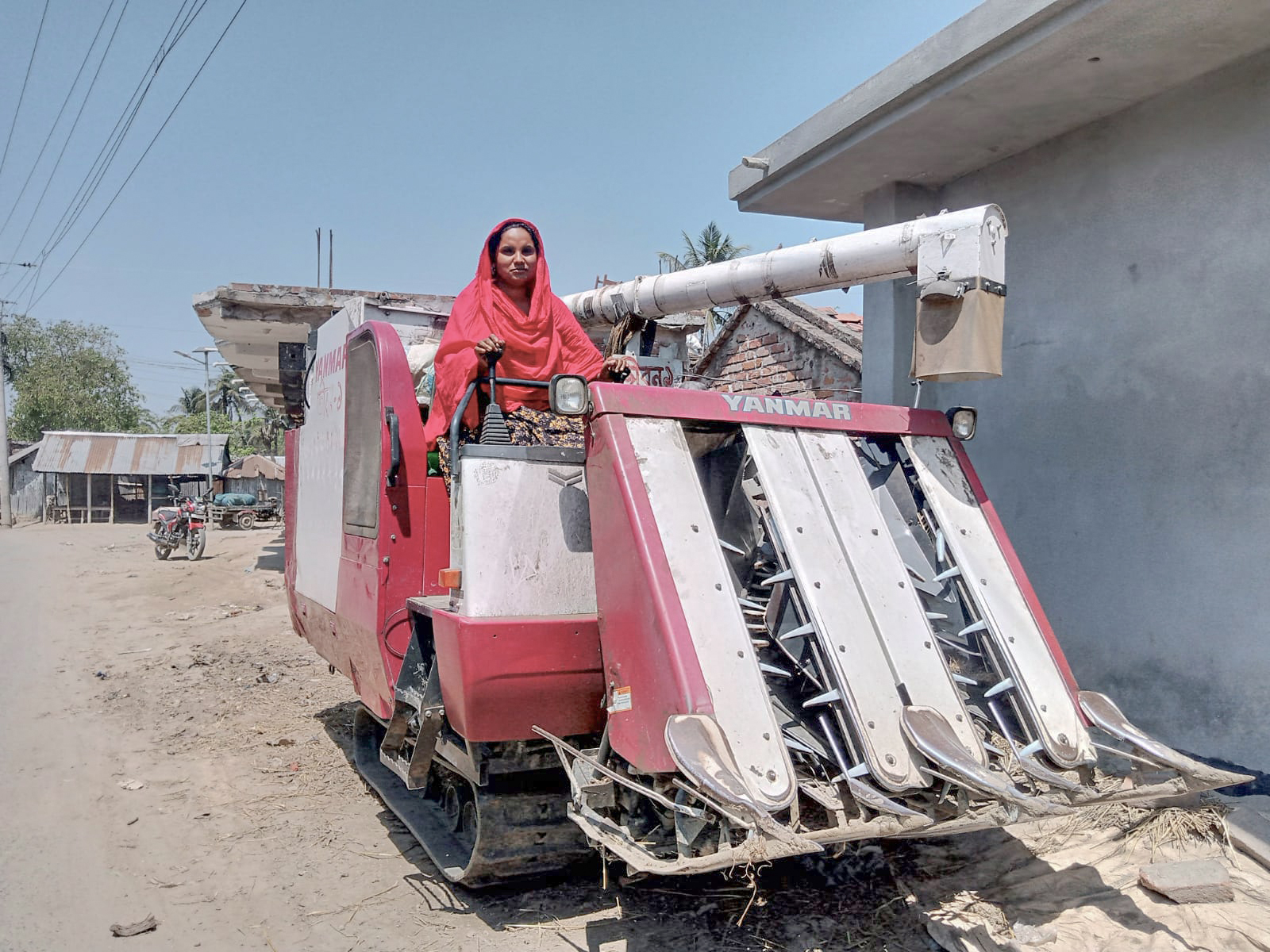
During this challenging period, Sonia came across a YouTube video showcasing a combine harvester—a cutting-edge machine that could revolutionize harvesting. She immediately recognized its potential to transform farming practices and offer a reliable income stream. The first major hurdle was overcoming her family’s financial constraints and convincing them to invest in a machine without any tangible proof of its benefits.
In October 2020, Sonia and her family attended a live demonstration organized by the private sector, where she successfully persuaded her father to invest in a combine harvester. With the support of a machinery subsidy, she selected the best model suited to her business needs.
Sonia took part in business expansion meetings, built linkages with spare parts shop owners, dealers, and commission agents, and received operational and maintenance training—for both herself and her machine operators.
In the first season of 2021, Sonia’s combine harvester generated an impressive income of approximately US$10,000 (excluding operational and labor costs). This early success fueled her ambition, and with her family’s support, she invested in a second combine harvester, expanding the business.
Today, Sonia Jannat proudly owns three combine harvesters, generating an annual income of BDT 30 lakh (approximately US$33,000). Her customer base has grown to span around ten geographical divisions across Bangladesh. Sonia’s achievements have not only reshaped her own financial future but have also broken deep-rooted societal stereotypes. Once ridiculed for her unconventional path as an unmarried woman, she now commands respect and admiration from the very community that once doubted her.
Sonia shares with pride:
“The same society that once criticized me with comments like, ‘Why is an unmarried girl traveling around to earn money? Why is she breaking social norms?’ is now praising me. After witnessing my talent, social contributions, and support for my family, they now see me as one in a thousand girls!”
With academic credentials that include honors and a master’s degree in Bangla, Sonia’s aspirations continue to grow. She now envisions launching a new entrepreneurial venture offering a wider range of agricultural machinery services. She is committed to empowering women by actively engaging them in her business model—aiming to be an inspirational entrepreneur for many others.
